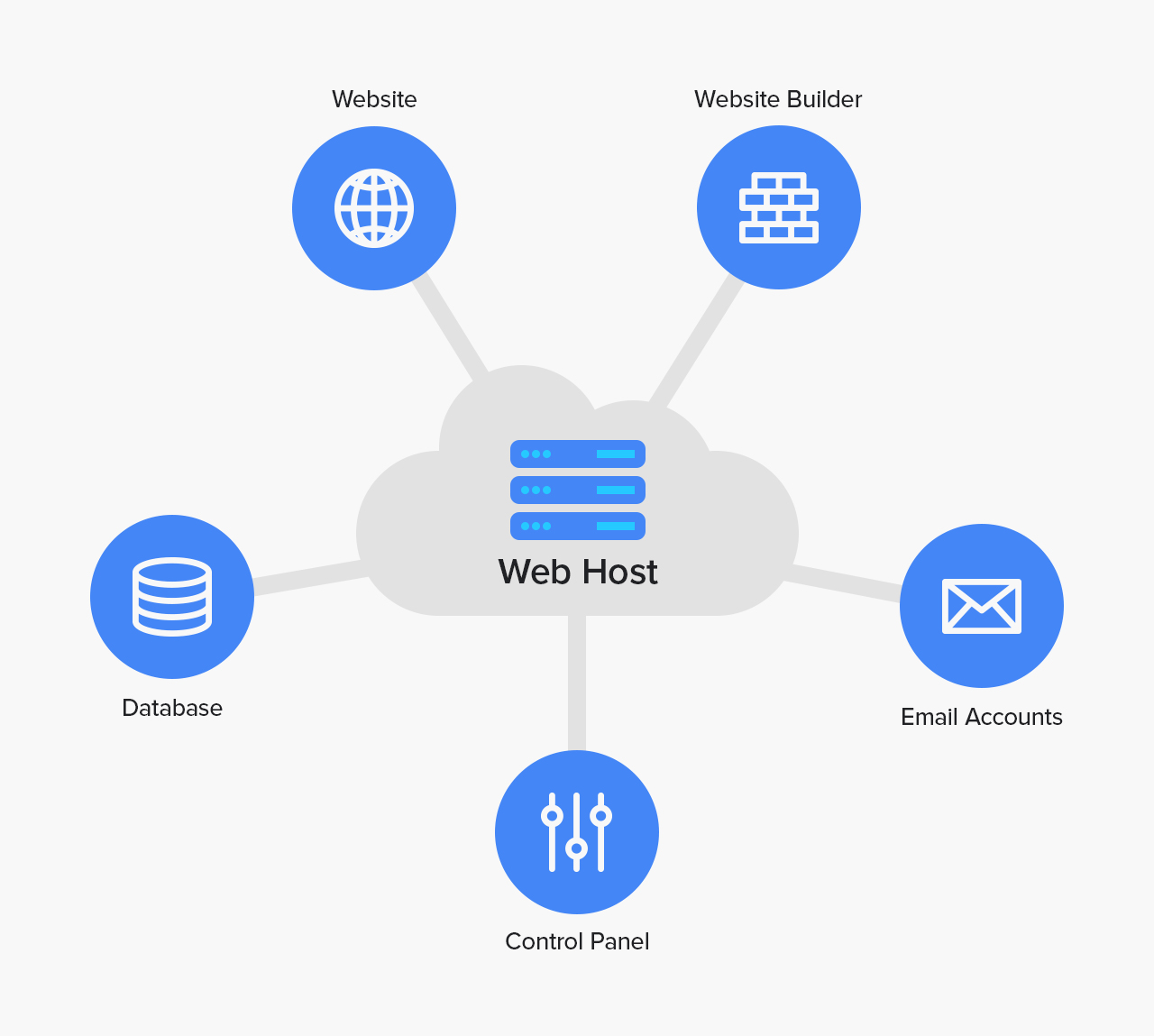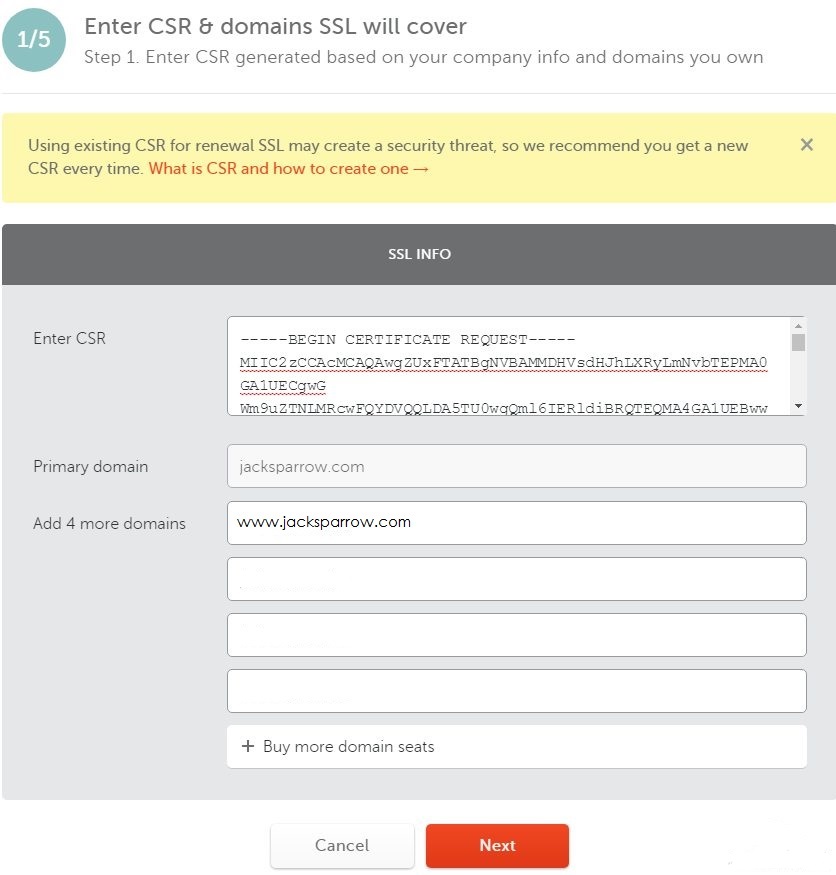
A load balanced diagram shows a network with application servers. Each server has a set weight or power. A client request for an application goes to the application server that is most powerful. If you have three servers that are capable of processing applications, the two most powerful ones will be twice as powerful as their counterparts. Clients will request identical amounts of data from each application server. However, the requests will be sent to different servers.
Hashing algorithm
The Load balancer diagram depicts a process where requests are routed to health servers based upon their IP addresses. One of the most popular Load Balancing methods is the Hashing algorithm. The Hashing algorithm generates an unique requestId that uniquely identifies every client request. The result of the Hashing algorithm is used to redirect the request towards the desired server.
It is essential to havehing in distributed systems. This allows requests to be mapped equally between servers in a cluster. Keeping hashing consistent across nodes minimizes the amount of work that needs to be done by the cluster every time a ring changes.
Connection multiplexing
Connection multiplexing is one of the common methods used to distribute traffic to multiple servers. The load balancer determines which service is available when a client sends a request. To perform this task, an ADC must keep track of both the initial connection and the follow-on traffic that the user initiates. This is a crucial task as follow-on traffic could have two issues: persistent and connection maintenance.

Connectivity multiplexing in load balancer diagrams can be done simply by dividing total connections by number of servers. Each server has its own IP address and port. The loadbalancer will accept a request from a client for a particular service and rewrite packets to include the destination address of the virtual server.
SSL Passthrough
SSL passthrough is a good way to configure SSL in a load balancedr. It puts all encryption and descryption work on load balancers, making it easier to manage certificates. SSL passthrough ensures secure traffic between the loadbalancers' backend servers. It can also expose customer data to other networks. It is therefore recommended for networks that have less security.
SSL passthrough requires more CPU cycles and operational costs. This method is not suitable to high traffic deployments. This method also doesn't support creating access rules, sticky session, or redirects. As a result, it's only appropriate for small-scale deployments.
Network server load balancer
A load balancing is a network device, which rewrites packets until they reach their destination. A load balancer can handle different types of traffic depending on the source IP address. Multi-server load balancing is a process that involves many servers. The first server acts as a "front-end" and receives incoming traffic and forwards it to the next server. The second server is a "backend" that answers clients' questions.
The load balancer may be a physical appliance or a virtual software-based device. If a server is unavailable, the load balancer will redirect requests to other servers. The load balancer will automatically transfer requests to another server.

Kubernetes load balancer
Diagram of Kubernetes loadbalancing shows how each pod handles requests and the other handles responses. This approach does not take into account persistent connections, which is one of its key flaws. This means that the client-side load balancing must be implemented by the application. This issue can be solved with kube-proxy or iptables. These solutions are intended to be used in the most common deployment scenarios, and they do not consider the requirements of specific applications.
Kubernetes permits each pod to have its unique IP address. Each red Pod sends requests with its own IP address to the service in the above diagram. The controller will then collect the currently pending Services, and assign them unique IP address to deliver incoming packages.
FAQ
How to Create a Static Website
Two options are available when you create your first static web site.
-
Content Management System (a.k.a. WordPress): WordPress is available as a download. This software can then be used to create an indispensable website.
-
How to Create a Static HTML Website. In this instance, you will need to write your HTML/CSS codes. If you already know HTML, it is simple to do.
It is worth hiring an expert if you want to build large websites.
Start with option 2.
How much do web developers make?
The hourly rate for a website you create yourself is $60-$80. Independent contractors are a better option if your goal is to charge more. It is possible to charge between $150-200 an hour.
Can I Use A Template Or Framework On My Website?
Yes! When creating websites, many people use pre-built templates. These templates contain all the code that is required to display information.
These are some of the most requested templates:
WordPress - the most widely used CMS
Joomla - Another popular open source CMS
Drupal – An enterprise-level solution used by large organizations
Expression Engine is a Yahoo CMS that allows you to create custom CMS sites.
Each platform has hundreds of templates, so it should not be hard to find the one that you like.
How much does it cost to create an ecommerce site?
This will depend on whether you are using a platform or a freelancer. The average eCommerce site starts at $1,000.
Once you choose a platform to use, you can expect a payment of anywhere from $500 to $10,000.
If you're planning on using a template, you probably won't pay more than $5,000. This includes any customizations required to reflect your brand.
Statistics
- It's estimated that in 2022, over 2.14 billion people will purchase goods and services online. (wix.com)
- At this point, it's important to note that just because a web trend is current, it doesn't mean it's necessarily right for you.48% of people cite design as the most important factor of a website, (websitebuilderexpert.com)
- It enables you to sell your music directly on your website and keep 100% of the profits. (wix.com)
- It's estimated that chatbots could reduce this by 30%. Gone are the days when chatbots were mere gimmicks – now, they're becoming ever more essential to customer-facing services. (websitebuilderexpert.com)
- The average website user will read about 20% of the text on any given page, so it's crucial to entice them with an appropriate vibe. (websitebuilderexpert.com)
External Links
How To
How can I start as a UI Designer
Two methods can be used to become a UI developer:
-
You can get a degree from school in UI Design.
-
You can also start your own business.
To be able to enter school, it is necessary to attend college/university and complete four years. This includes computer science, psychology, business, and art.
You can also take classes at community colleges or state universities. Some schools offer tuition-free programs while others charge tuition.
After graduation, you will need to find employment. If you plan to work for your own business, you need to establish a client base. It is vital to build a network of professionals so they are aware that you exist.
Internships are also available at web application development companies. Many companies hire interns in order to gain valuable experience before they hire full-time employees.
It will be easier to land more jobs once you have a portfolio of your work. Your portfolio should contain your work samples and details of the projects you worked on.
It's a good idea to send your portfolio to potential employers via email.
Market yourself as a freelancer. You can post your services on job boards, such as Guru, Indeed, Guru or Upwork.
Freelancers frequently receive assignments from recruiters who post jobs online. These recruiters search for qualified candidates to fill positions within specific industries.
These recruiters provide candidates with a project description that details the position's requirements.
You are not required to sign long-term contracts as a freelancer. You should negotiate an upfront payment if your goal is to move forward.
Designers prefer working directly with clients over working through agencies. While this may seem ideal, many people lack the necessary skills.
Agency workers typically have extensive knowledge of the industry they're working in. They have access to resources and training that enable them to produce high quality work.
These benefits are not the only ones. Agency workers typically receive a higher hourly wage.
One downside to working through an agency is the inability to have direct contact at work with the employer.
A UI designer must be self-motivated, creative and flexible.
Also, you must have excellent communication skills both verbally and in writing.
UI designers create user interfaces and visual elements for websites.
They are also responsible for ensuring that the site meets the needs of its users.
This involves understanding the information users need and how to make your site work.
Wireframes are created by UI designers using a variety of tools. Wireframing helps them visualize the layout of a page before beginning their designs.
It is easy to create your own wireframes using the online templates.
Some designers focus solely on UI design, while others combine UI design with graphic design.
Photoshop is used by graphic designers to edit images.
Adobe InDesign is then used to layout pages and layouts.
Photographers capture images using digital cameras or DSLRs.
They then upload the pictures to a photo editing program where they add text captions, filters, and other effects.
The photographer saves the image as a compatible file format for the website.
It is important that you consider all aspects of web design when creating a website.
This includes research planning, wireframing and prototyping, as well as testing, coding, content generation, and publishing.
Research - It's essential to conduct thorough research before starting a new project.
Planning - Once you've completed your research, you'll want to begin developing a plan.
Wireframing - A wireframe is a preliminary sketch of a web page or application.
Prototyping - Prototypes help ensure that the final product matches the initial vision.
Testing - The prototype should undergo multiple rounds of testing to ensure it works properly.
Coding: Coding is the process of writing code for computers.
Content Creation: Content creation can include everything from copywriting to managing social media profiles.
Publishing involves uploading files on a server to ensure that the site is accessible.
As a freelance UX/UI designer, you will need to learn about different projects.
Some companies require only wire frames, others require complete prototypes.
Depending upon the type and scope of the project, you may be asked for specific tasks.
For example, if you're hired to create wireframes, you might be expected to create several wireframes over time.
You may need to develop a functional version of the site if you are hired to build a prototype.
It doesn't really matter what project you're working on, good interpersonal skills are vital.
Referring freelancers is the best way to get work. It's important to establish good relationships with potential employers.
Furthermore, you should be able and able to communicate both verbally AND in writing.
A portfolio is an essential part any freelancer's arsenal.
It showcases your work, and demonstrates your ability deliver high-quality outcomes.
This is possible by creating an online portfolio.
You can find similar websites to yours online to help you get started.
You can then search these websites to find out which one offers its services.
Once you have determined the best practices for you, you can begin to adopt them.
You can also include links to your portfolio in your resume.